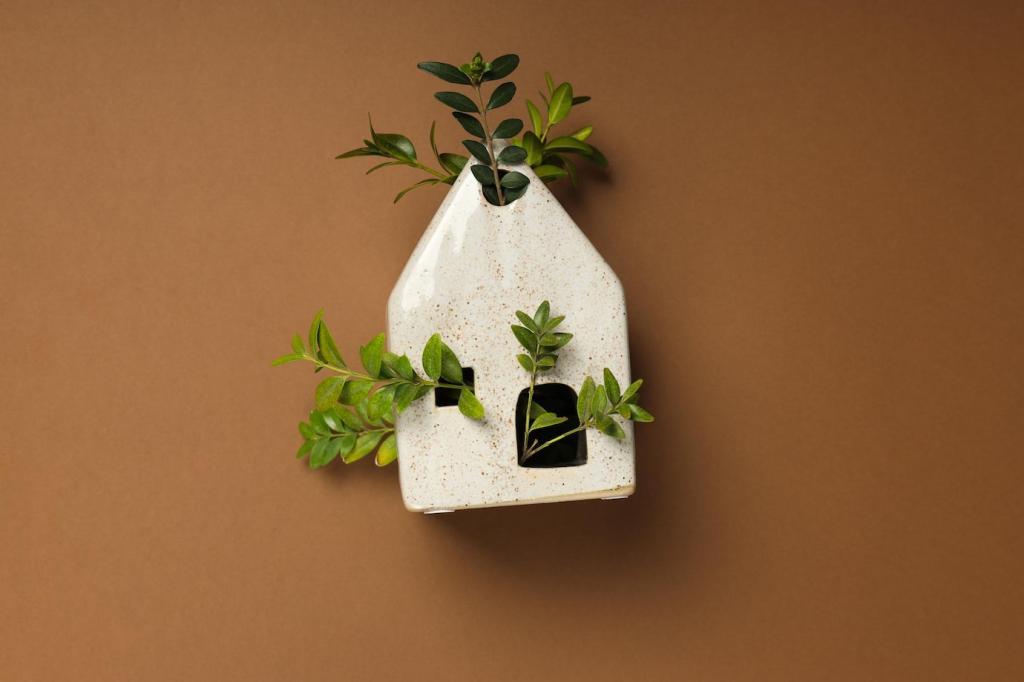Rainwater Harvesting That Works
A rule of thumb: every inch of rain on one square foot yields about 0.623 gallons. A 1,500 square-foot roof can capture roughly 935 gallons per inch. Knowing this number helps size cisterns realistically and clarifies what uses your harvested water can reliably serve.
Rainwater Harvesting That Works
Add leaf screens, gutter guards, a first-flush diverter, and a sealed, food-grade cistern. Place tanks on stable pads, label valves clearly, and bury lines below frost depth in cold climates. A tidy setup encourages regular use and makes maintenance simple and satisfying.







